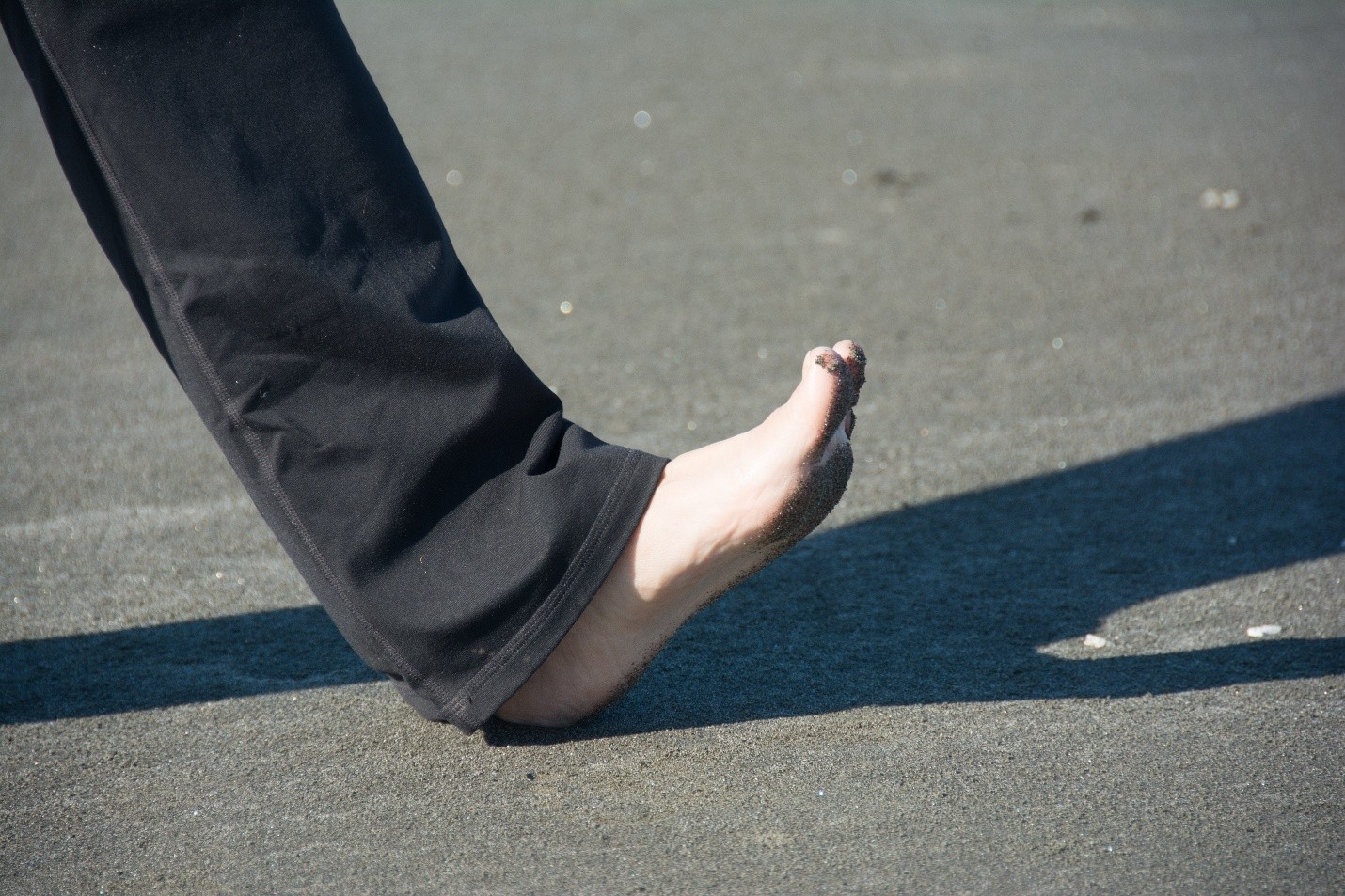Don’t miss a post. Click here to sign up for our free newsletter.
The Eight Points
The way we move is a reflection of how we connect to the world around us, and it all starts with our feet. Imagine them as your foundation—your anchor to the earth. Without a strong connection to the ground, every motion becomes less stable, less efficient, and more prone to imbalance or injury.
In this installment of the Principles of Movement series, we’ll explore a simple but transformative idea: focusing on your “eight points.” By rediscovering the connection between your feet and the ground, you can enhance balance, stability, and the efficiency of every movement. For a deeper dive into movement principles, check out our book on Amazon: Finding the Heart.
What Are the Eight Points?
The Eight Points refer to the key contact areas of your feet that ground you firmly to the earth:
- Five toes – Spread wide and gently pressing into the ground.
- Balls of the foot – The rounded pads just behind your toes.
- Outer edge of the foot – The lateral border that adds stability.
- Heel – The back anchor point that absorbs and distributes weight.
When all eight points are engaged, you’re rooted—your body moves in harmony with the earth, and your motions are strong and controlled.
Rooting in Movement: Why It Matters
Proper movement starts with a solid foundation. Whether you’re practicing Tai Chi, walking, or simply standing, your feet dictate the stability and efficiency of your entire body.
When you lose awareness of your eight points, subtle imbalances creep in:
- Raised toes weaken your grounding.
- Tilted feet throw off your alignment.
- Lifted heels disrupt your connection to the floor, making forward motion less stable.
These imbalances might seem minor, but over time, they compromise your movements and can lead to joint pain or injury.
The Magic of Transitioning: From 16 Points to 8
In most stances, both feet are on the ground, providing 16 points of contact. This double-rooted position offers maximum stability. However, movement requires transitions, and during these moments, your contact reduces to as few as eight points—one foot alone grounding you.
The key to fluid motion is maintaining full awareness of those eight points, even during transitions. Losing contact or unevenly distributing your weight can cause misalignment and imbalance, impacting your stability and power.
Children as Natural Movers
If you’ve ever watched a toddler explore the world, you’ve seen the perfect example of natural grounding. Kids instinctively use all eight points of their feet as they walk, run, and play. Their connection to the earth is effortless and intuitive.
So, what happens as we age?
- Anxiety: Overthinking makes us tighten unnecessary muscles.
- Stiffness: Poor posture, stress, and sedentary habits lead to restricted motion.
- Compensation: We begin lifting toes, tilting feet, or locking knees, all of which weaken our connection to the ground.
Relearning to move like a child means rediscovering the joy of effortless grounding.
Practical Tips to Find Your Eight Points
Ready to reconnect with your eight points? Here’s how to start:
1. Mindful Standing
- Stand barefoot on a flat surface.
- Spread your toes and feel each one touch the ground.
- Distribute your weight evenly across the balls, edges, and heels of your feet.
- Close your eyes and notice how grounded you feel.
2. Walking with Awareness
- Take slow, deliberate steps.
- Feel the transition as your weight moves from heel to ball to toe on each step.
- Avoid slapping your feet on the ground—aim for a smooth, controlled roll through your eight points.
3. Practicing Tai Chi
In Tai Chi, movements like the bow step emphasize maintaining a connection to your eight points, even during complex transitions. This practice strengthens your balance and refines your awareness.
Common Mistakes and How to Avoid Them
Mistake 1: Curling Your Toes
Tightening your toes reduces your ability to balance and stabilize. Focus on relaxing and spreading them instead.
Mistake 2: Tilting Your Feet
Tilting inward or outward throws off your alignment. Practice evenly distributing your weight across the entire foot.
Mistake 3: Lifting Heels Too Soon
In transitions, lifting your heel prematurely can destabilize your motion. Ensure your foot remains grounded until the transfer is complete.
Applying the Eight Points to Daily Life
You don’t need to be a martial artist or Tai Chi practitioner to benefit from these principles. Here’s how they can enhance your everyday activities:
- Walking: Engage all eight points to reduce strain on your knees and hips.
- Running: Focus on even weight distribution for smoother, more efficient strides.
- Standing: Avoid fatigue and poor posture by rooting evenly through both feet.
By consistently practicing awareness of your eight points, you’ll notice improvements in balance, posture, and overall ease of movement.
Join the Conversation
What does grounding mean to you?
- Do you feel connected to your eight points when you move?
- Have you noticed imbalances in your footing?
- What challenges do you face when trying to stay grounded?
We’d love to hear your thoughts! Leave a comment below or join us for one of our Tai Chi classes to experience these principles in action.
Rediscovering Your Connection
Reconnecting with your eight points is about more than movement—it’s about rediscovering your connection to the earth and to yourself. When you focus on your foundation, everything else becomes more stable, efficient, and harmonious.
If you’re ready to take the next step, check out our book, Finding the Heart, for more movement principles and insights. Or better yet, join us in person to practice together.
Let’s root ourselves, move with purpose, and rediscover the joy of effortless motion. Your eight points are waiting—what are you waiting for?
